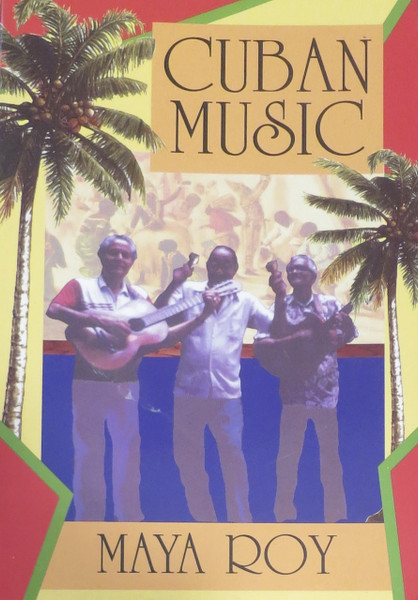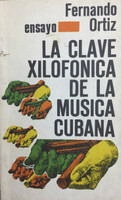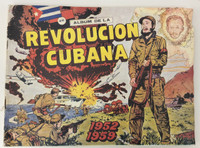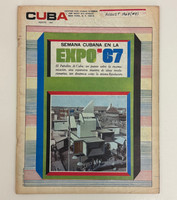- Travel
-
Exhibits
- La Portada Cubana
- Immortal Cuba: Artists Take on Their Heroes
- Seattle Poster Exhibit
- Sandra Dooley & Alejandrina Cué
- The Art of Wayacón
- Cuban Folk Art
- Cuba In Black And White
- 25 Years of Cuban Art Space
- Summer Folk Art Expo
- ¡SPRING AWAKENING FROM CUBA!
- Celebrating The Art Of Cuban Women
- Celebrating Paper, Affordable Art from Cuba
- Art of the Revolution
- Outsider Art
- Lost and Found
- En la lucha: Celebrating Cuban Women and Their Art
- Cuban Art Stash
- 100 Fires: 5 Cienfuegos Artists' Work on Paper
- Waya + Monte! Magic Realism in Cienfuegos
- Viva Cuba Viva! Poster Show
- Cultivando Sueños
- Black Lives Matter in Cuba Jan 9-March 27
- Leandro Soto: Crónicas visuales
- Cuban Canvas
-
Archive
- Global Reflection 2018: Spirit and Community
- Exhibit in the cloud: Contemporary Works on Paper
- MADE IN CUBA! MINNEAPOLIS EXHIBIT
- Cuban Posters and Photography from CCS collection
- AUTUMN SALE! Sept/Oct 2017
- SPRING ARTS AND CRAFT SALE
- Vuelo Directo/Non Stop: Alberto & Alejandro Lescay
- The Many Faces of Fidel
- Somos
- Made in Cuba!
- The US empire in Cuban graphics
- Made in Cuba/Seattle exhibit
- Entre Nos
- Looking Back
- Cuban Art Space
- Membership/Donate
- About Us
- Cuba News
-
Native Americans supplied the maracas. African slaves brought drums and ritual music, and Spaniards brought guitars, brass instruments, and clarinets along with European ballroom dancing. The advent of blues and jazz gave new forms to styles of songs, notably feeling songs, which joined the more traditional styles of trova and bolero. Cuban culture represents a convergence of these diverse backgrounds, and the musical heritage presented in this book reflects these traditions as well. In colonial times, African ritual sounds mixed with Catholic liturgies and brass bands of the Spanish military academies. Ballroom dances, including French music from Haiti popular in 18th-century Havana society, existed side by side with the cabildos (guilds and carnival clubs) and the plantations. The son, considered the expression of Cuban musical identity, had its origins in a rural setting in which African slaves and small farmers from Andalusia worked and played music together, developing many variations over the years, including big band music. Cuban music is now experiencing a major renaissance, and is enjoyed throughout the world.
-
-
Discover More at the Center for Cuban Studies







